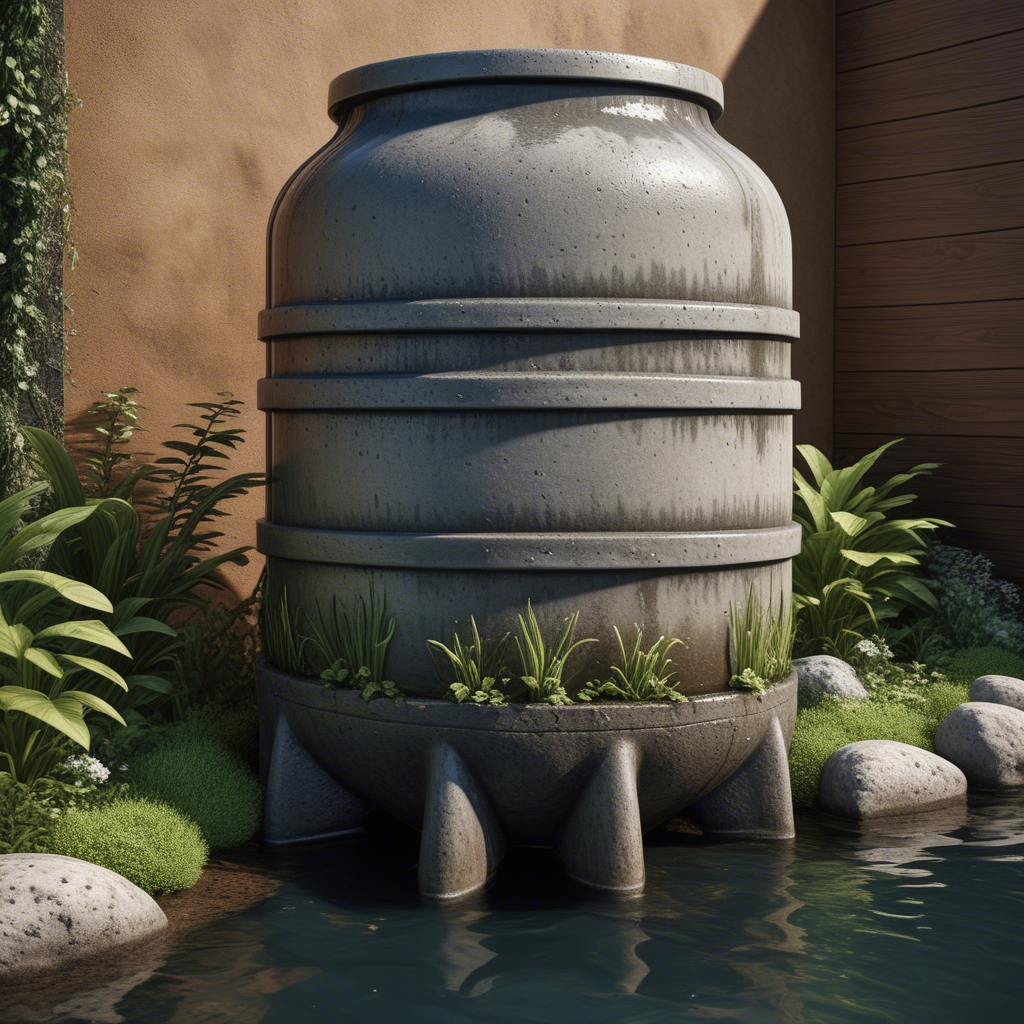Rainwater harvesting is an ancient practice that has been used for centuries to collect and store rainwater for various purposes, including irrigation, drinking water, and household use. In recent years, the use of rain barrels has become increasingly popular among gardeners and homeowners as a way to conserve water and reduce their environmental footprint. In this article, we’ll explore the benefits of using rain barrels to harvest rainwater for your garden.
What is Rainwater Harvesting?
Rainwater harvesting is the process of collecting and storing rainwater for later use. Rain barrels, also known as rainwater collection systems, are designed to capture and store rainwater from rooftops and other surfaces. The collected water can then be used for various purposes, including irrigation, watering plants, and washing cars.
Benefits of Using Rain Barrels
There are several benefits to using rain barrels to harvest rainwater for your garden, including:
- Water Conservation: Rainwater harvesting can help reduce the demand on municipal water supplies, which can be especially beneficial during times of drought or water restrictions.
- Reduced Water Bills: By collecting and using rainwater, you can reduce your water bills and save money on your water utility costs.
- Improved Water Quality: Rainwater is naturally free of many contaminants and minerals that are found in tap water, making it a better choice for watering plants and gardens.
- Increased Crop Yields: Rainwater can help improve crop yields by providing a consistent and reliable source of water for plants.
- Reduced Stormwater Runoff: By collecting and storing rainwater, you can reduce stormwater runoff and help prevent erosion and flooding in your community.
- Low Maintenance: Rain barrels are relatively low maintenance and can be easily installed and maintained by homeowners.
- Environmentally Friendly: Rainwater harvesting is an environmentally friendly practice that can help reduce the demand on municipal water supplies and decrease the amount of stormwater runoff.
How to Use Rain Barrels
Using rain barrels is a simple and effective way to harvest rainwater for your garden. Here are some steps to follow:
- Choose a Location: Choose a location for your rain barrel that is close to your downspout and has a level surface.
- Install the Barrel: Install the rain barrel under your downspout and connect it to the downspout using a diverter.
- Add a Screen: Add a screen to the top of the barrel to keep debris and mosquitoes out.
- Use the Water: Use the collected water to water your plants, garden, and lawn.
- Maintain the Barrel: Regularly inspect and maintain the barrel to ensure it is functioning properly.
Types of Rain Barrels
There are several types of rain barrels available, including:
- Plastic Barrels: Plastic barrels are the most common type of rain barrel and are made from durable, food-grade plastic.
- Metal Barrels: Metal barrels are made from galvanized steel or aluminum and are a good choice for larger rainwater collection systems.
- Wooden Barrels: Wooden barrels are made from natural wood and are a decorative option for rainwater collection.
- Collapsible Barrels: Collapsible barrels are made from flexible material and can be easily stored and transported.
Tips and Considerations
Here are some tips and considerations to keep in mind when using rain barrels:
- First Flush Device: Install a first flush device to allow the first flow of water from the roof to be diverted, taking any debris and contaminants with it, and then allowing clean water to flow into the barrel.
- Overflow Valve: Install an overflow valve to prevent the barrel from overflowing and to allow excess water to flow out.
- Screen and Filter: Install a screen and filter to keep debris and mosquitoes out of the barrel.
- Regular Maintenance: Regularly inspect and maintain the barrel to ensure it is functioning properly.
Conclusion
Rainwater harvesting is a simple and effective way to conserve water and reduce your environmental footprint. By using rain barrels to harvest rainwater for your garden, you can reduce your water bills, improve water quality, and increase crop yields. With the right equipment and a little maintenance, you can enjoy the benefits of rainwater harvesting and create a more sustainable and environmentally friendly garden.


